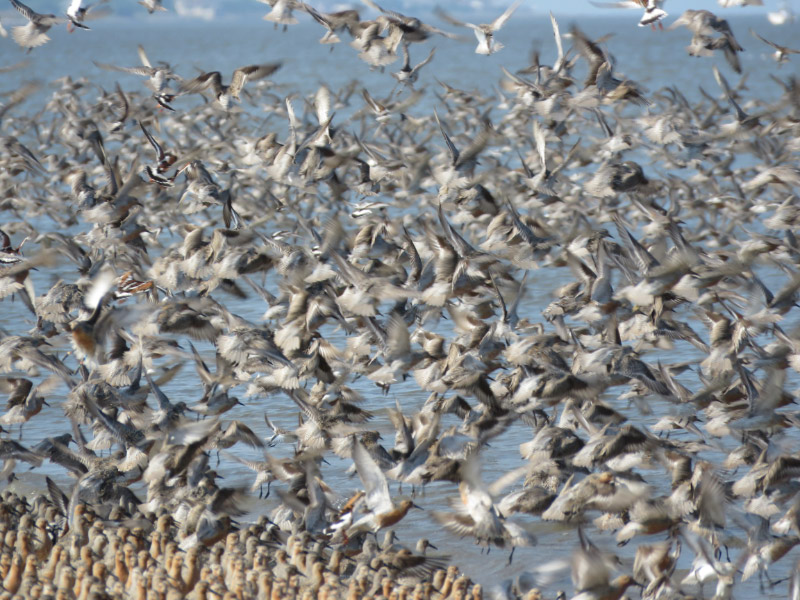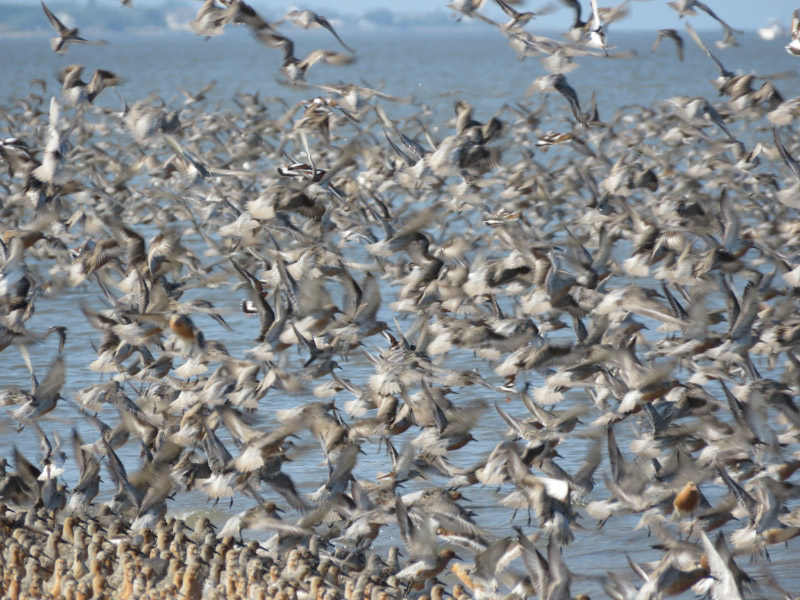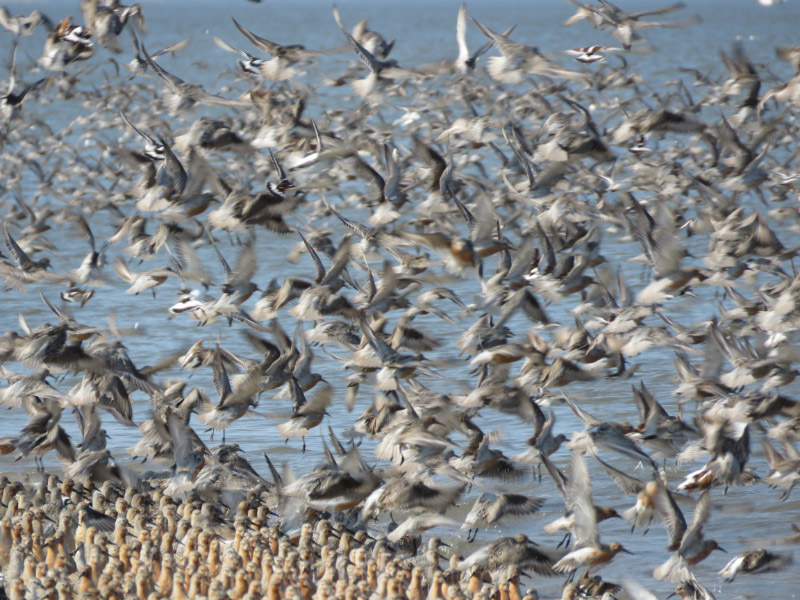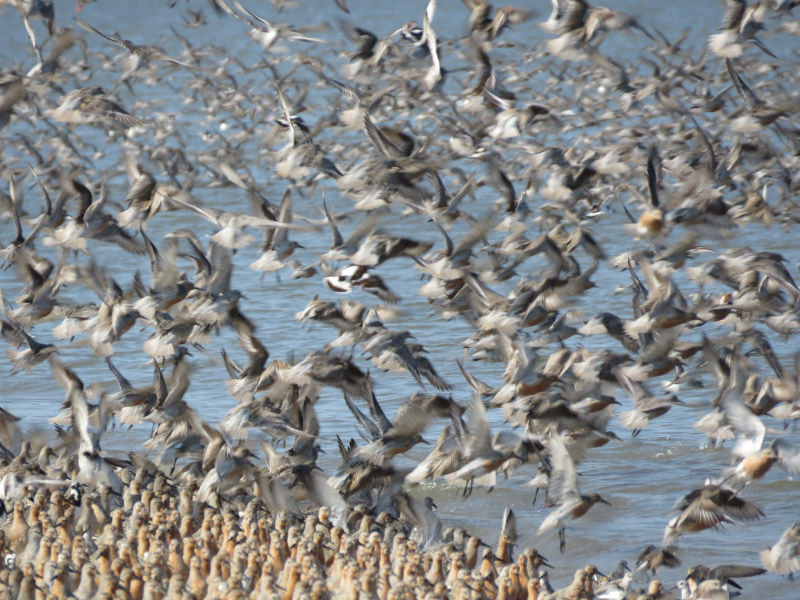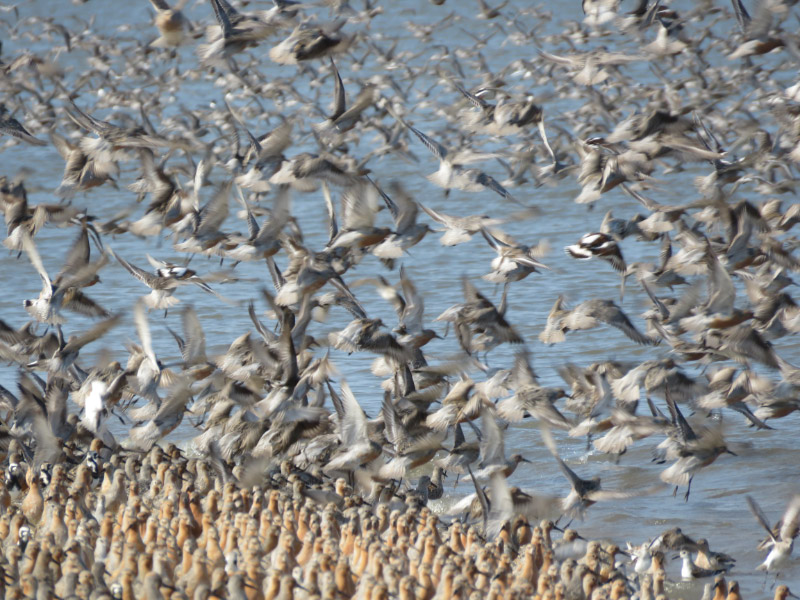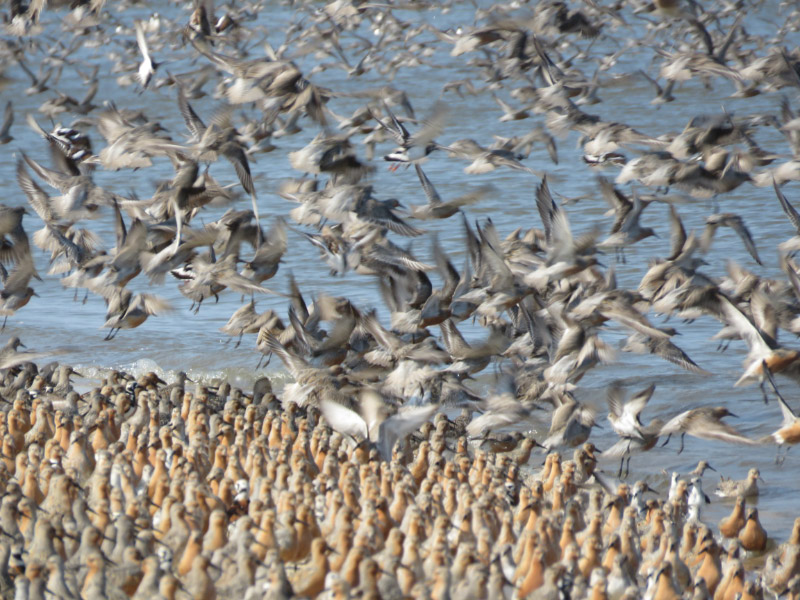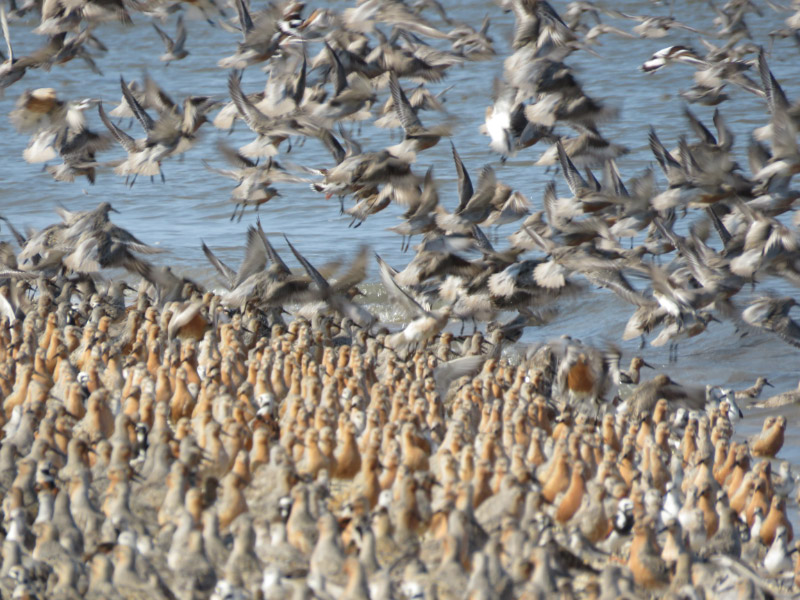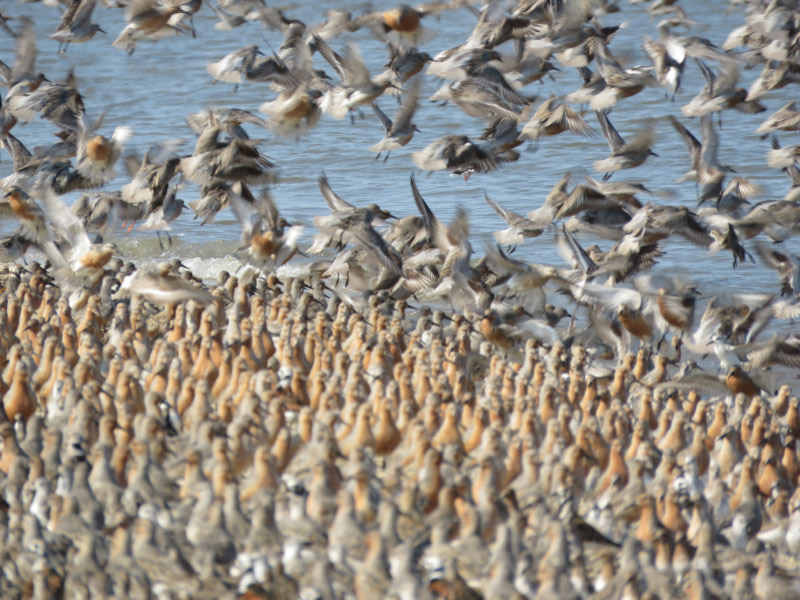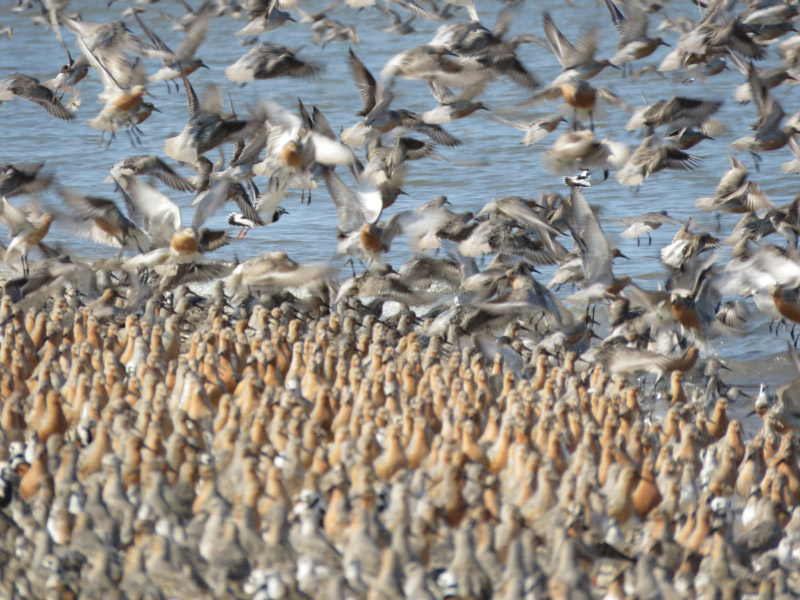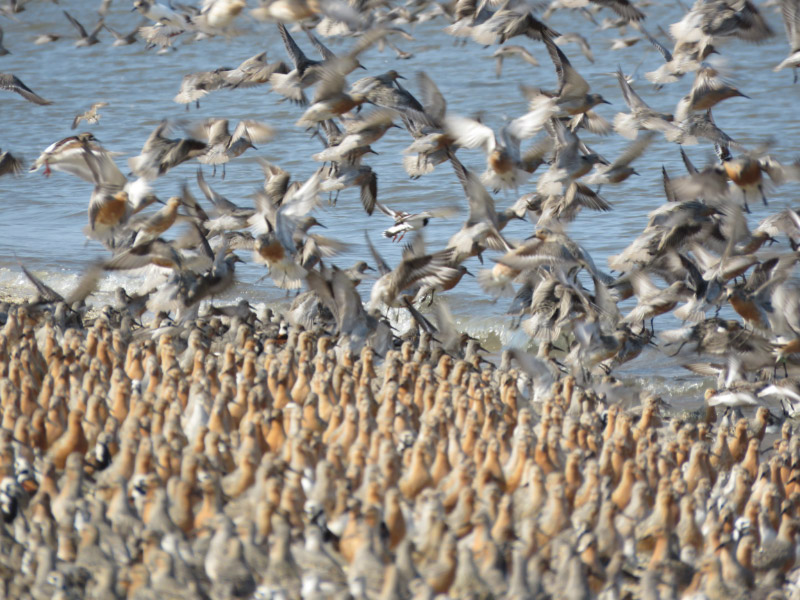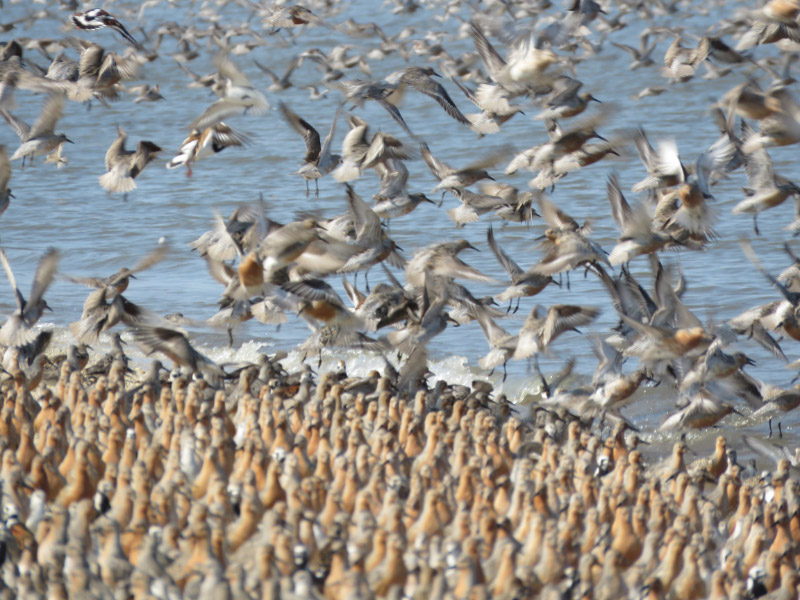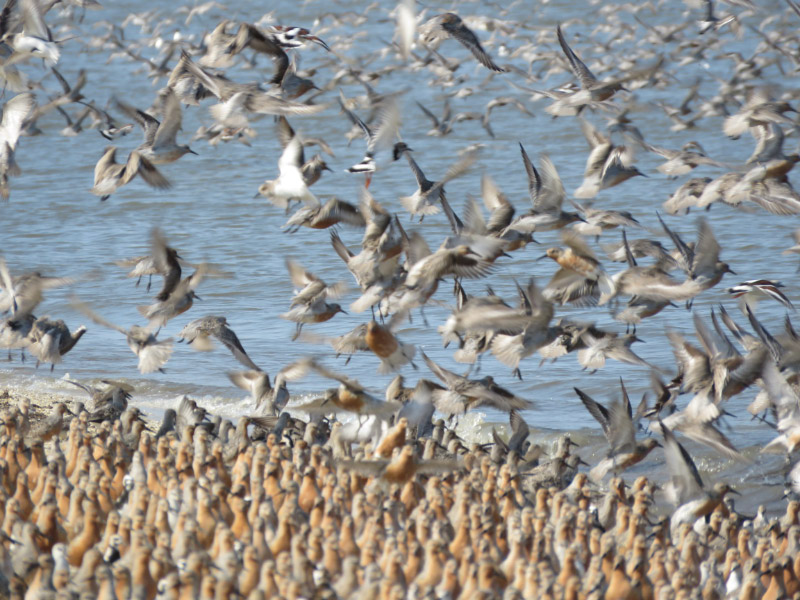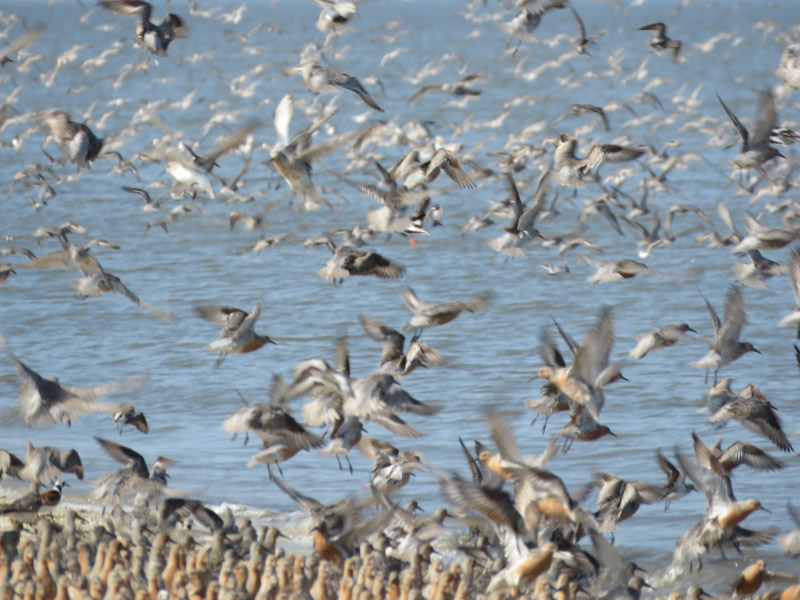Gleanings of the Week Ending July 6, 2024
/The items below were ‘the cream’ of the articles and websites I found this past week. Click on the light green text to look at the article.
Extended maternal care central factor to human other animal, longevity – In species where offspring survival depends on the longer-term presence of the mother, the species tends to evolve longer lives and a slower life pace, which is characterized by how long an animal lives and how often it reproduces.
The 'gene deserts' unravelling the mysteries of disease - Less than 2% percent of the human genome is dedicated to coding for genes which produce proteins, while much of the remaining 98% has no obvious meaning or purpose. But scientists are slowly managing to accrue information about the ‘gene deserts’ apparent purpose and why they exist.
These Stunning Butterflies Flew 2,600 Miles Across the Atlantic Ocean Without Stopping – Painted Lady butterflies spotted in French Guiana where they are not usually found. Sequencing the butterflies’ genome revealed that they were related to African and European painted ladies – not North American. And looking at weather data revealed that wind conditions in the weeks prior to the sighting were favorable for the butterflies moving from Africa to South America.
Simple test for flu could improve diagnosis and surveillance - Fewer than one percent of people who get the flu every year get tested, in part because most tests require trained personnel and expensive equipment. The current version of new test is a low-cost paper strip that distinguishes between influenza A and B and subtypes H1N1 and H3N2. It works at room temperature…takes about 90 minutes. They are working to reduce the time to 15 minutes.
To Save the Red Knots, Look to Blue Carbon – Red Knots migrate over 9,000 miles to the Arctic to breed. Along the way they stop for meals of mussels and clams in coastal areas. This post highlights 6 projects from around the world that are restoring those area…for the red knots and the health of the planet.
Photography In the National Parks: Two Cave Parks Above and Below – Wind Cave National Park and Jewel Cave National Monument. Full of ideas for photographing inside caves and above them! My first thought was to see if there is a trail that goes over the top of Sequiota Cave and Spring near Springfield MO (we did a boat tour of the cave last spring).
Surprising phosphate finding in NASA's OSIRIS-REx asteroid sample – Remembering when we went to the launch of the mission in September 2016.
Swift Parrots and the Heartbreak of Rare Species – Endangered Australian parrots…with only an estimated 500 birds left in the wild. “We conservationists bear witness to so much loss: of species, ecosystems, and the places we know and love. Often, it feels like we’re watching extinction in real time, powerless to stop it. But there is value in staring these losses in the face. Value in bearing witness to a rare parrot with an uncertain future, knowing full well I might mourn its extinction in a few years time. If the worst happens, at least I will have cherished it while it was here.”
A Big Picture of the US Housing Market - High interest rates, supply constraints and growth in home insurance premiums (particularly in states like California and Florida) are all driving housing costs. There is some news that’s more positive. Nearly 450,000 new apartments were finished in 2023, the highest rate in about three decades. However, average rents remain above pre-pandemic levels in most markets.
Sheep & Solar: A “Beautiful Symbiotic Relationship” - When solar farms use sheep instead of mowers for vegetation management, they minimize burning fossil fuels, and costs associated with labor are also reduced. Investment costs for a solar farm might include water tanks, troughs, a small water pump to fill the troughs, predator-proof fencing, and dividing into sections for rotational grazing. The sheep eat the tall grass, weeds, and clover, and their chomping inhibits the vegetation from blocking the panels. Their steady consumption of forage on the land prevents grassy plants from growing high enough to block sunlight from reaching the panels, maintaining the productivity of the array. Sheep are the most appropriate ruminant species when it comes to vegetation management on solar farms because they are too small to damage the panels when rubbing against them, and they are not predisposed to chewing on wires or jumping on the panels.

